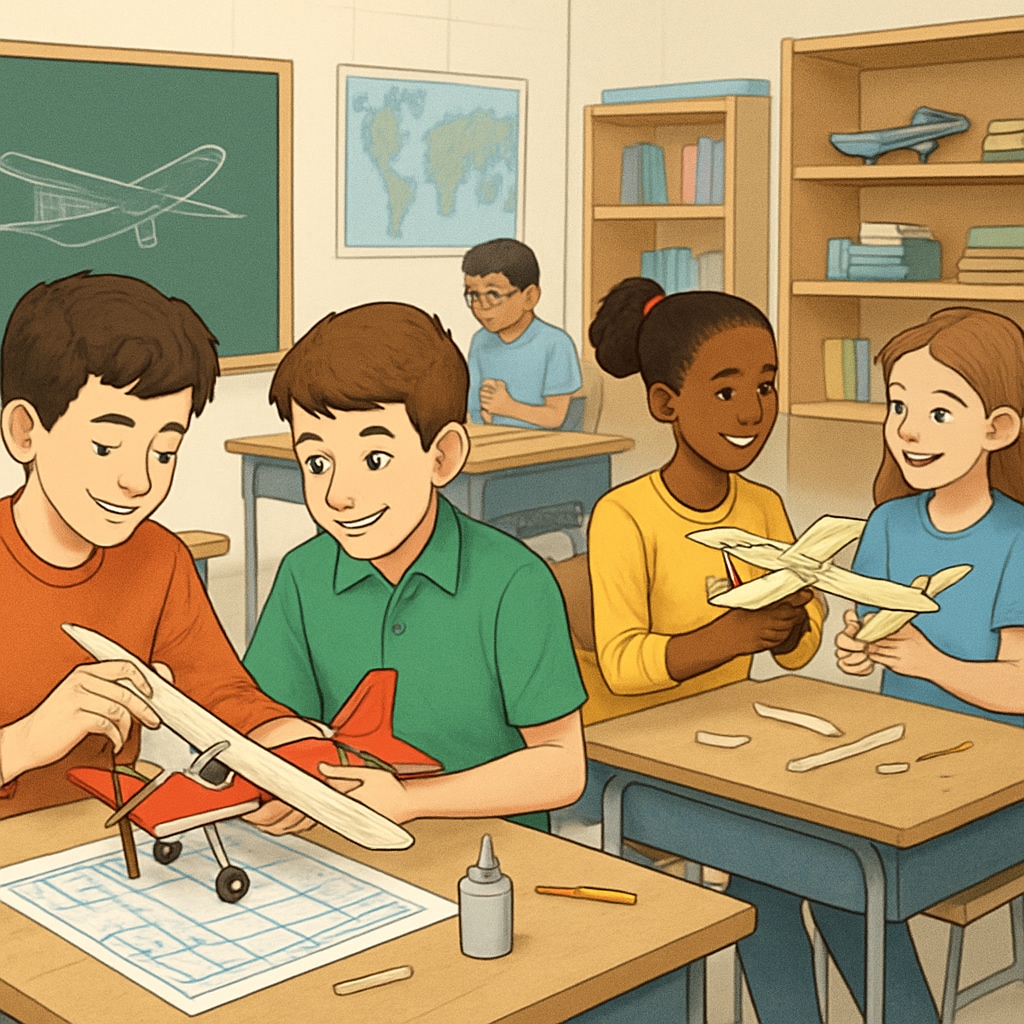Becoming a commercial pilot is a dream for many young individuals, but pursuing a Commercial Pilot License (CPL) often poses significant financial challenges. By integrating aviation education during K12 schooling, we can spark curiosity, develop essential skills, and lay the foundation for a fulfilling career in aviation. This article examines how K12 education can play a pivotal role in fostering aviation talent while addressing the hurdles of funding support for CPL training.
Inspiring Interest in Aviation at the K12 Level
Children and teenagers often dream about taking to the skies, but without exposure to aviation, these aspirations may fade. K12 education can serve as a fertile ground to plant the seeds of aviation interest. Incorporating aviation-related topics into subjects like science, mathematics, and geography can ignite curiosity about flight mechanics, navigation, and global travel.
For example, schools can offer extracurricular programs such as model airplane clubs, flight simulation activities, or guest lectures by industry professionals. These initiatives provide hands-on experiences and allow students to envision themselves in aviation careers.

Equipping Students with Essential Skills for Aviation Careers
Aspiring pilots need more than passion—they require specific skills such as critical thinking, spatial awareness, and strong communication abilities. K12 education can integrate skill-building activities into its curriculum to prepare students for these demands.
For instance, STEM (science, technology, engineering, and mathematics) programs can include modules on aerodynamics or robotics to enhance problem-solving abilities. Moreover, leadership opportunities like student council or debate teams can help develop communication and decision-making skills, both crucial for pilots.
In addition, schools can partner with local aviation organizations to provide mentorship opportunities, where students can gain insights into the daily responsibilities of aviation professionals.
Overcoming Financial Barriers to CPL Training
While K12 education lays the groundwork, the financial burden of CPL training can deter talented individuals. A typical CPL program can cost tens of thousands of dollars, making funding support critical. Collaborative efforts among schools, families, and communities can help address this challenge.
Here are some practical solutions:
- Scholarship Programs: Schools can work with aviation organizations to create scholarships for students showing exceptional promise.
- Fundraising Campaigns: Communities can organize events like aviation fairs or crowdfunding campaigns to support young pilots.
- Loan Forgiveness Agreements: Airlines or aviation companies can offer financial assistance to students in exchange for work commitments post-training.
These strategies not only reduce financial barriers but also foster a sense of shared responsibility in nurturing future aviation talent.

The Role of Families and Communities in Supporting Aviation Dreams
Parents and guardians play a crucial role in encouraging their children’s aviation aspirations. For example, they can introduce children to aviation-themed books, toys, or documentaries at an early age. Similarly, community organizations can offer aviation workshops or sponsor visits to nearby airports to inspire local youth.
By creating an ecosystem of support, families and communities can complement K12 education in building a clear pathway for students to achieve their aviation dreams.
Conclusion: Building the Future of Aviation
Incorporating aviation education into K12 curriculums is a vital step toward preparing the next generation of pilots and aviation professionals. By fostering interest, equipping students with essential skills, and addressing financial barriers like CPL training costs, we can empower young people to conquer the skies. Collaborative efforts between schools, families, and communities will ensure that aviation dreams are not only nurtured but realized.
As a result, the sky is not the limit—it is just the beginning.
Readability guidance: Short paragraphs and lists summarize key points effectively. Transition words like “for example,” “in addition,” and “as a result” are used to improve flow. Passive voice and long sentences are minimized for clarity.


